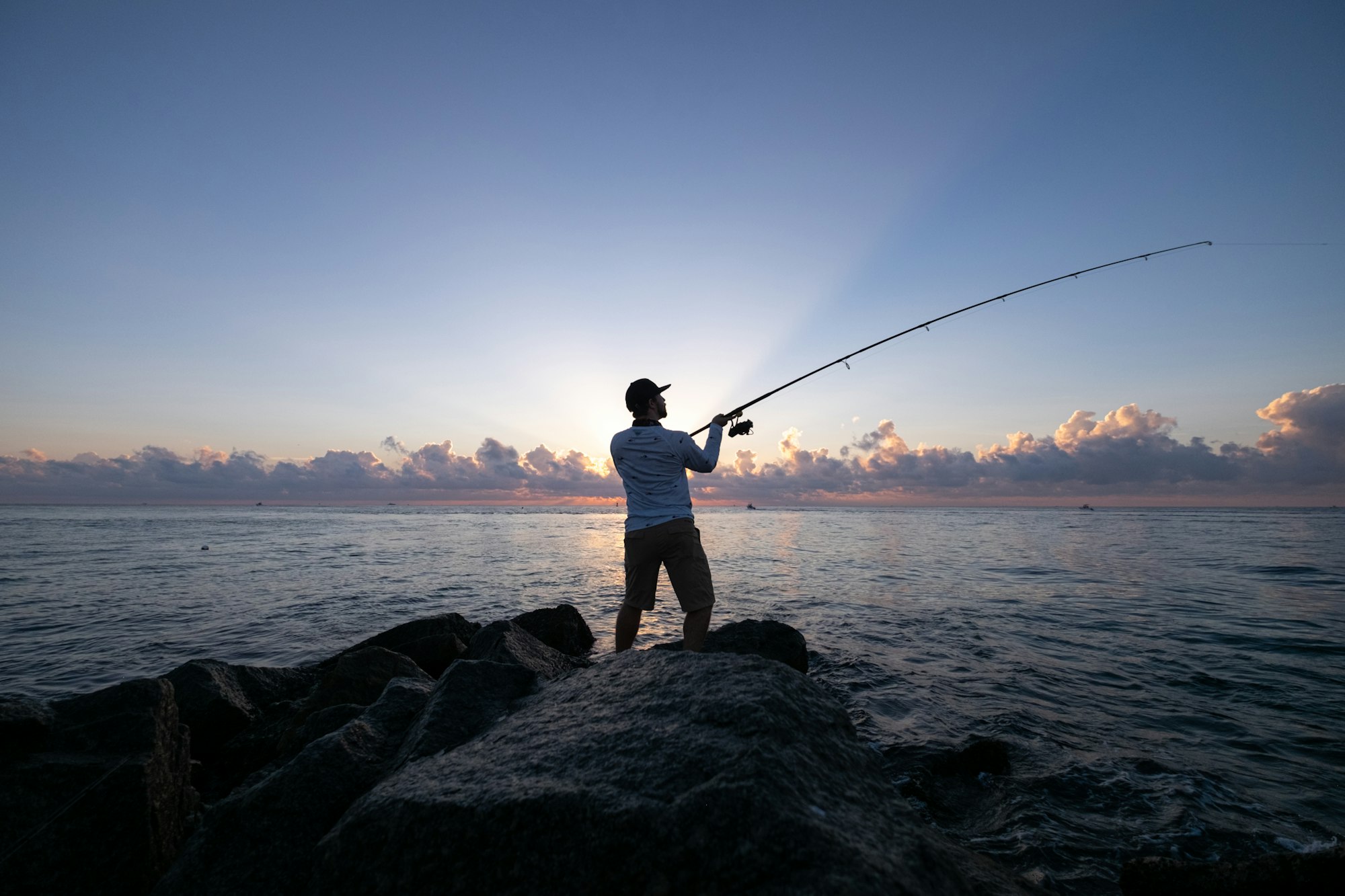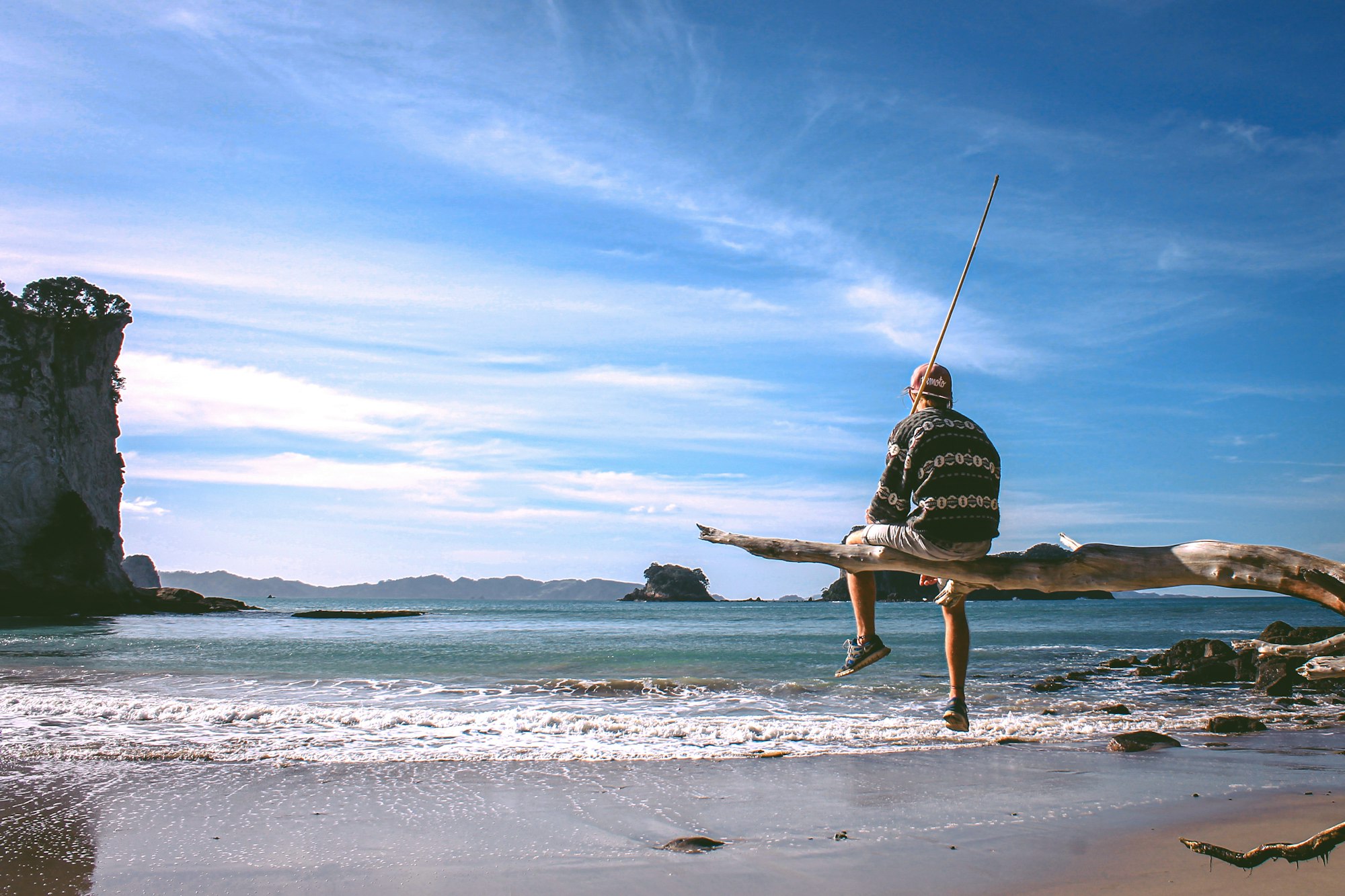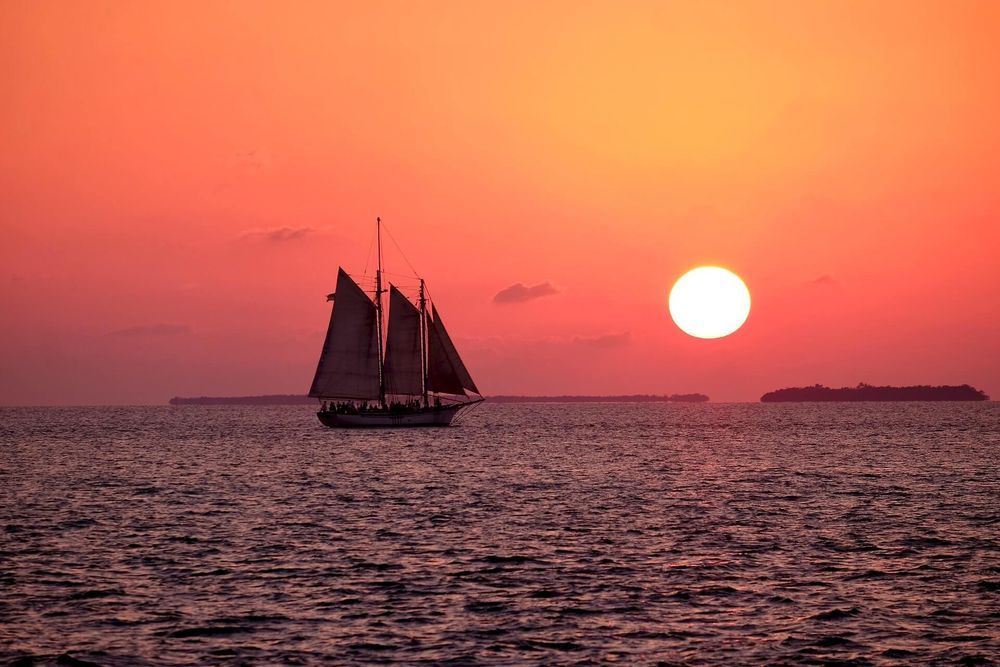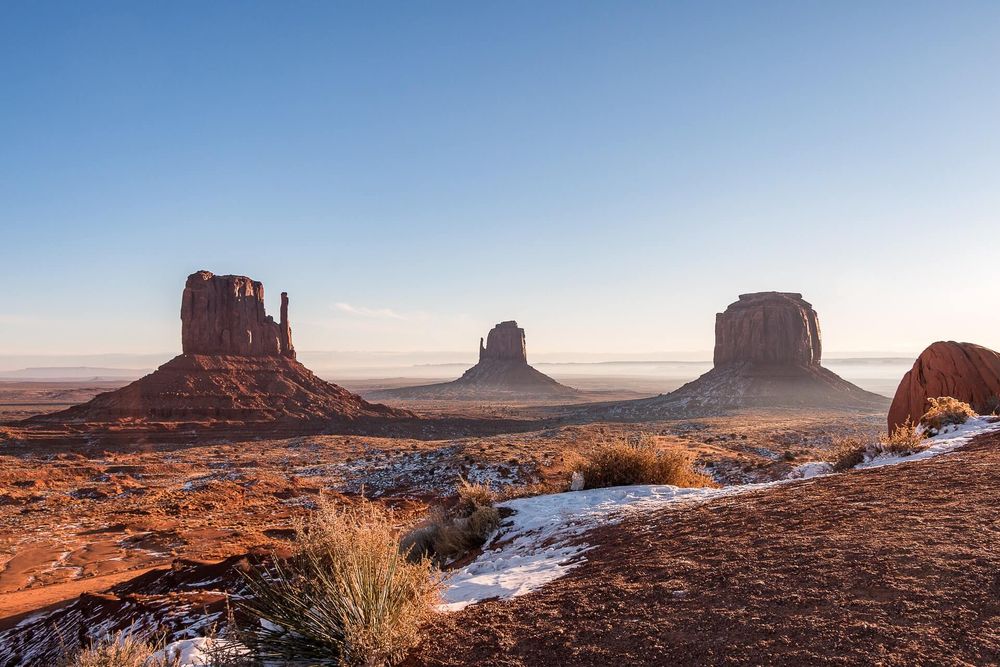Every day at dawn, bird-watchers board boats at small villages near the coast of northeastern Italy to explore a natural wonder—the Po Delta Biosphere Reserve, a UNESCO-designated site, where the iconic 400-mile Po River meets the Adriatic Sea.
In the shallow waters and knotty reed thickets, visitors look for purple herons and pink flamingos, just two of the 360 bird species that flock to the country’s only delta and largest wetland. They also catch another sight—local women wading in the water, pulling up rascas (a type of rake with a net) which they use to catch clams.

While nature lovers know about the area’s natural treasures, few know about these women, who have been contributing to the local economy for decades in a traditionally male-dominated profession. Photographer Chiara Negrello wanted to change that with a series of photographs documenting their daily lives.
Born and raised less than a two-hour drive from the reserve, Negrello followed the women for months as they fished these waters daily from dawn to dusk. Her photos defy the stereotype that often sees Italian women solely as caregivers raising families and managing households.
“The story of these women is an example of a type of feminism that doesn’t shout and that came about as a natural process of integration,” Negrello explains. “Through these photos, I hope to recognize the value and power of the small revolution they have brought and silently keep bringing every day within the Po Delta.”

An ecotourism paradise
Straddling the Veneto and Emilia-Romagna regions, the Po Delta Biosphere Reserve is a vast, fertile landscape that shelters a myriad of habitats—from lagoons to coastal dune systems and sandbars—making it a major conservation hub in Europe. It’s also an ecotourism paradise that draws tourists for annual events, such as “Slow Autumn” (Sept. 25-Dec. 19, 2021) encouraging slow travel, “Bird Watching Days” (Oct. 2-10, 2021), and the International Bird Watching Fair, held annually in the spring.
Dubbed “Little Venice” for its system of canals, Medieval Comacchio is far less crowded than its famous counterpart to the north. Ferrara offers a wealth of art museums and architectural ruins to poke around. Inscribed together with the reserve as a UNESCO World Heritage Site in 1995, Ferrara is a prime example of a Renaissance-era city, whose ruling family once had an art collection that inspired the Medicis and the Pope.
This mix of nature, history, and culture draws millions of tourists to the region annually, though only about 118,000 people call the reserve home. Many make their living by harvesting mussels and clams, but for centuries, fishing was considered a low-income profession. In recent years, the industry has thrived, generating a yearly revenue of about 100 million euros before the pandemic.






